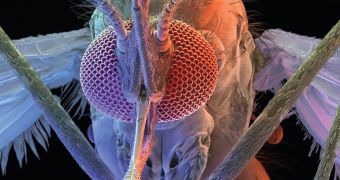Investigators from the Boston University (BU) and the ATR Computational Neuroscience Laboratories, in Kyoto, Japan, say that it may be possible to soon use a new technology for boosting visual perceptual learning, or even healing mental damage.
This could be done with little or no conscious effort on the part of the person receiving the treatment. Experts would conceivably use functional Magnetic Resonance Imaging (fMRI) to influence neural pathways in test subjects' visual cortices.
The technique could be used to bring specific neurons in a certain target state. The change happens gradually, and is imposed by the fMRI device. This is why it requires little concentration on the part of those receiving the modifications.
In experiments the team conducted, researchers were able to induce brain activity patterns in the brains of test subjects that replicated previous states nearly identical. This lead to a significant increase in the levels of performance the participants displayed when subjected to visual tasks.
An interesting application for this work would be to have people watch a computer screen displaying high-performance athletes, while their brain patterns are modified to match those of the people they are watching. The same could be done for people watching others recover from illness.
“Adult early visual areas are sufficiently plastic to cause visual perceptual learning,” explains BU neuroscientist Takeo Watanabe, who was also the lead author of the new study. He adds that images are first processed in structures called early visual areas.
Whatever people are seeing at any time first appears as a collection of lines, shapes, colors, edges and motion, and is then later filled in by the brain. Scientists proposed some time ago that early visual areas can be used to obtain improvements in visual performance and learning.
“Some previous research confirmed a correlation between improving visual performance and changes in early visual areas, while other researchers found correlations in higher visual and decision areas,” Watanabe goes on to say.
“However, none of these studies directly addressed the question of whether early visual areas are sufficiently plastic to cause visual perceptual learning,” adds the investigator, who is also the director of the BU Visual Science Laboratory.
Experts are now able to induce a particular activation pattern in targeted early visual areas of the brain thanks to a method using decoded fMRI neurofeedback. The approach was designed and implemented by Boston University postdoctoral fellow Kazuhisa Shibata.
“The most surprising thing in this study is that mere inductions of neural activation patterns corresponding to a specific visual feature led to visual performance improvement on the visual feature, without presenting the feature or subjects' awareness of what was to be learned,” Watanabe concludes.
The new investigation was partially funded by the US National Science Foundation (NSF).

 14 DAY TRIAL //
14 DAY TRIAL //